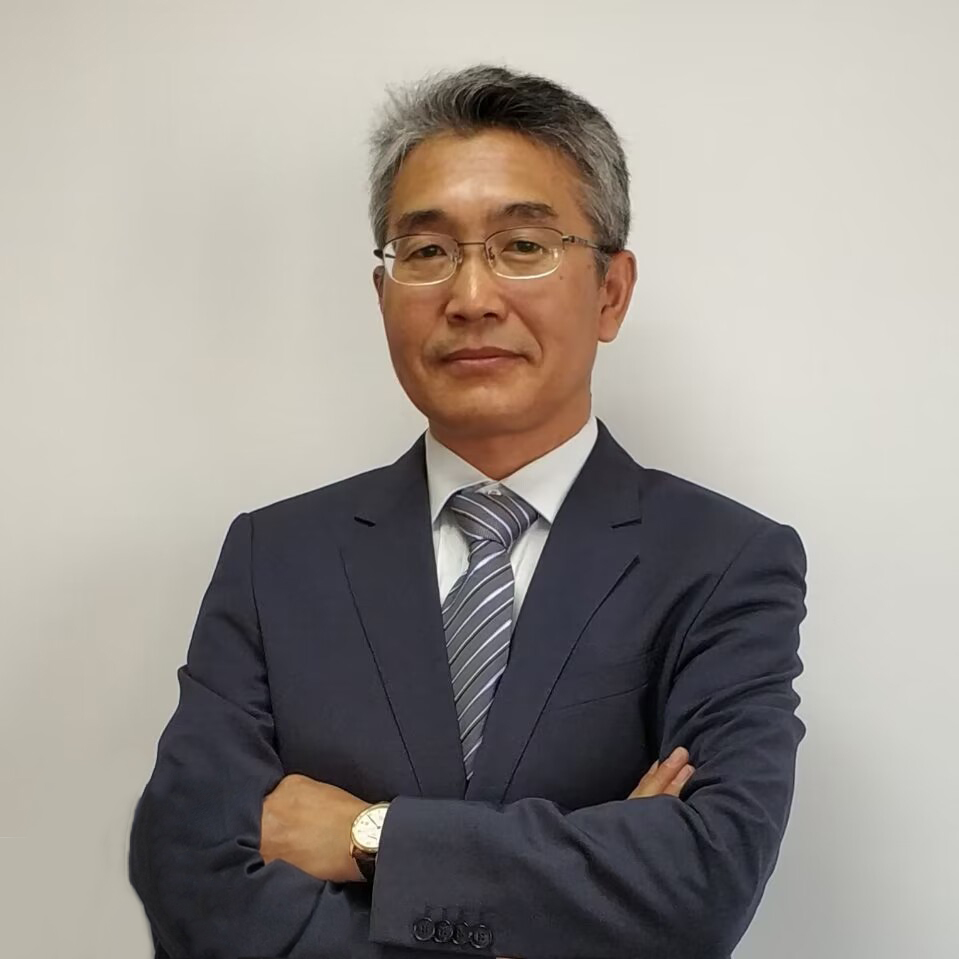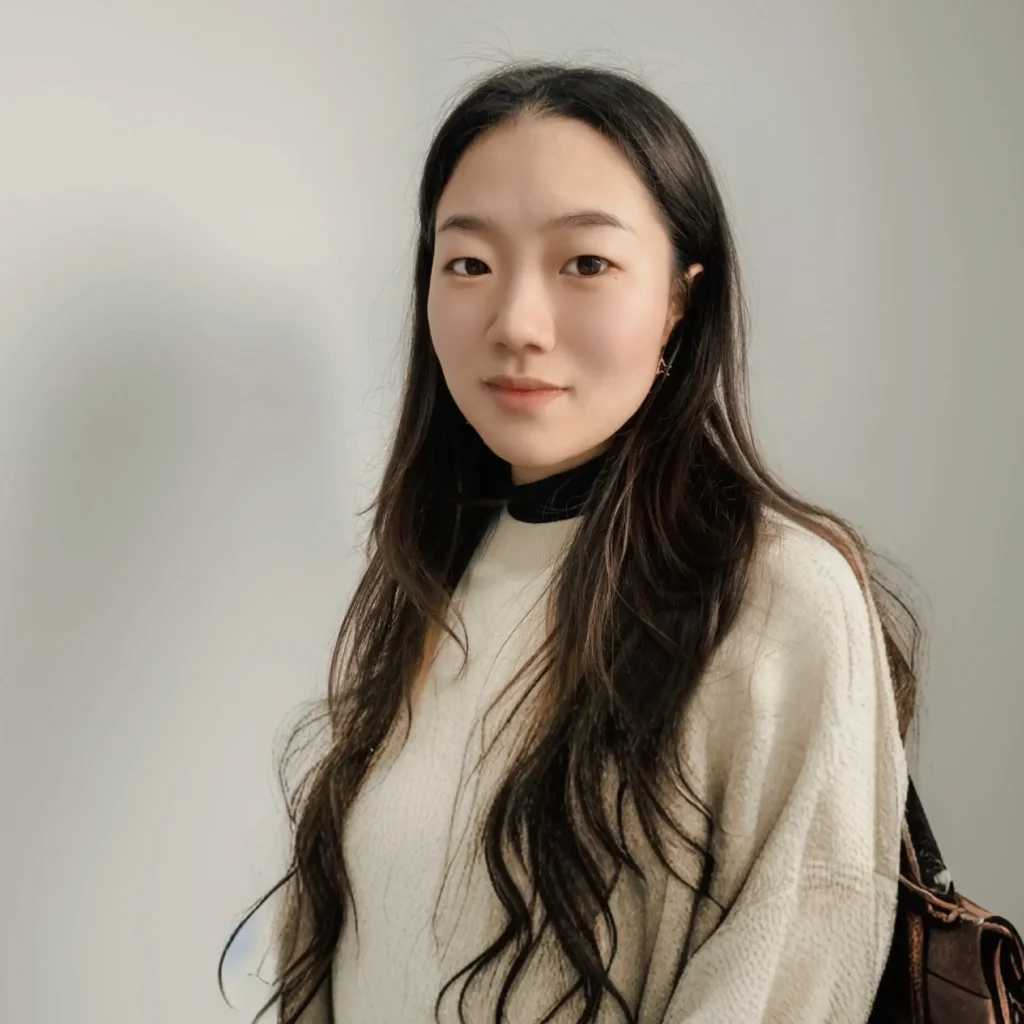Major Changes in the Detailed Rules of Chinese Patent Law
The “Detailed Rules of the Chinese Patent Law” (the third revision in 2023) have been announced by State Council Order No. 769 issued on December 21, 2023, and will come into effect on January 20, 2024.
This article summarizes the main modification methods of the implementation details into five aspects, namely refinement, addition, optimization, clarification and modification.
(1) Refinement: It mainly includes the detailed rules introduced in the implementation rules for the implementation and smooth implementation of the new systems of the new patent law and the connection with the Hague Agreement that my country has newly joined.
(2) Addition: mainly includes newly introduced regulations and requirements in the implementation rules.
(3) Optimization: mainly includes the simplification and improvement of the patent process introduced to facilitate the parties.
(4) Clarification: It mainly includes content that has been re-implemented in patent practice or relevant laws have been adjusted and need to be clarified in detailed rules.
(5) Modifications: including modifications in addition to the above four aspects, mainly involving adjustments to the operating procedures of the Patent Administration Department of the State Council, changes in service invention awards and remuneration, and deleted provisions compared to the Detailed Rules (2010).
Chapter 1: General Principles
1.Clarification: Documents submitted electronically by applicants are legal document forms.
2.Modification: Cancel the postal time for electronic distribution. Starting from January 20, 2024, the 15-day postal time will no longer be included in the calculation of the delivery date of electronic documents.
3.Addition: Added a deferred recovery system for review requests.
4.Modification: Applicants applying for patents in foreign countries for inventions or utility models completed in China must comply with clear notifications from the Patent Administration Department of the State Council. Starting from January 20, 2024, the patent administration department of the State Council will promptly issue a confidentiality review notice and make a decision on whether confidentiality is required.
5.Refinement: The principle of good faith added to the new patent law has been restated and refined.
Chapter 2: Chinese Patent Law Application
6.Clarification: The documents submitted by the applicant are no longer required to be in duplicate. The specific requirements depend on the form of the document and refer to the corresponding provisions of the examination guidelines.
7.Addition: Added mandatory agent exceptions. Starting from January 20, 2024, applicants or patentees can handle related matters such as submitting copies of prior application documents, paying fees, etc. on their own.
8.Modification: It is required to fill in the agent qualification certificate number in the request form and replace the original practice certificate number.
9.Modification: The requirements for the clarity of the instructions and drawings and the word limit for the abstract have been deleted.
10.Clarification: Clarify the definition of genetic resources involved in the patent law, including genetic information obtained from genetic materials.
11.Refinement: In view of the partial design system added by the new patent law, detailed regulations on the form of views are established. This provision on partial design views applies to partial design applications submitted after June 1, 2021.
12.Refinement: Regarding the partial design system added to the new patent law, detailed regulations on brief descriptions have been established. This provision on a brief description of partial designs applies to partial design applications submitted after June 1, 2021.
13.Addition: The scope of application of academic conferences or technical meetings related to the novelty grace period has been broadened.
Optimization: The scope of subjects for issuing certification documents related to the novelty grace period and that the invention has been exhibited or published has been broadened.
Refinement: Regarding the novelty grace period added by the new patent law, that is, the novelty grace period for public interest purposes in emergency situations, the review requirements are clarified in paragraph 4 of this article. This examination requirement applies to patent applications submitted after June 1, 2021.
14.Refinement: Establish detailed regulations for the added national priority of designs in the new patent law. This article’s provisions on national priority for industrial designs apply to industrial design applications submitted after June 1, 2021.
15.Addition: Added priority recovery system. Starting from January 20, 2024, the applicant may request restoration of priority within 2 months from the expiry date of the priority period.
16.Addition: Add priority to add or correct the system. Starting from January 20, 2024, the applicant can add or correct the priority within the period specified in this article.
Chapter 3: Examination and Approval of Patents in the Detailed Rules of the Chinese Patent Law
17.Addition: Added priority-based invocation accession system. For applications whose first submission date is after January 20, 2024, the applicant can submit additional documents by citing the earlier application documents within the time limit specified in this article.
18.Optimization: For divisional applications, applicants do not need to submit copies of original application documents and parent case priority documents.
19.Refinement: The principle of good faith applies to the preliminary review process. Starting from January 20, 2024, the principle of good faith added by the new patent law will be applied in the preliminary examination procedures for inventions, utility models and designs.
Addition: Add a review system for obvious inventiveness of utility models.
Addition: Added review system for obvious differences in appearance design.
20.Addition: Added delayed review system, applicable to inventions, utility models and designs.
21.Refinement: The principle of good faith applies to the substantive examination procedure of invention patents. Starting from January 20, 2024, the principle of good faith added by the new patent law will be applied in the substantive examination procedure for invention patent applications, and this reason will be included in the grounds for rejection.
22.Refinement: The new patent law adds that the accused infringer can be the subject of the patent right evaluation report, and this article clarifies this.
Optimization: The timing for submitting a patent evaluation report has been expanded and the procedures have been simplified.
23.Modification: Specifies the time limit for the patent administration department of the State Council to prepare a patent right evaluation report when the applicant immediately submits a request for a patent right evaluation report to the Patent Rights Office.
Chapter 4: Examination of Chinese Patent Applications and Invalidation of Patent Rights
24.Modification: The provisions related to the pre-examination of internal transfers within the Patent Administration Department of the State Council have been deleted from the detailed rules and regulations.
25.Refinement: The review department shall apply the principle of good faith and other obvious illegal situations in accordance with its authority during the reexamination procedure.
26.Refinement: The principle of good faith applies to patent invalidation proceedings.
27.Modification: The patent administration department of the State Council will announce the claims that have been modified and remain valid during the invalidation procedure.
Chapter 5: Compensation for Time Limit in the Detailed Rules of the Chinese Patent Law
28.Refinement: It is clarified that the new drug-related invention patents referred to in the new patent law only include new drug product patents, preparation method patents and medical use patents.
Chapter 6: Special License for Utilizing Patents in the Detailed Rules of the Chinese Patent Law
29.Refinement: Regarding the patent open licensing system added in the new patent law, detailed regulations are established to clarify the requirements for open licensing statements, the circumstances under which open licensing is not allowed, and other specific contents.
Chapter 7: Rewards and remuneration for inventors or designers of service-based inventions and creations under Chinese Patent Law
30.Refinement: This article is reiterated in response to the new patent law’s increased encouragement to implement property rights incentive policies for service inventors.
31.Refinement: The standard of statutory bonuses for service inventors or designers after a patent is granted has been increased.
32.Modification: Adjust the legal remuneration standard after the implementation of patent transformation to reasonable remuneration in accordance with the provisions of the “Law on Promoting the Transformation of Scientific and Technological Achievements”.
Chapter 8: Protection of patent rights by the detailed rules of Chinese Patent Law
33.Modification: The entities with the power to handle and mediate patent disputes are expanded to the patent management departments of the district people’s governments of prefecture-level cities, autonomous prefectures, leagues, regions and municipalities directly under the Central Government.
34.Refinement: The principle of good faith applies to patent administrative enforcement and patent open licensing procedures.
35.Modification: The law enforcement power against counterfeit patented products will be relaxed to the county-level patent law enforcement departments.
Chapter 9: Patent Registration and Patent Gazette in the Detailed Rules of Chinese Patent Law
36.Amendment: Modify the contents of the patent register.
Chapter 10: Fees stipulated in the detailed rules of Chinese Patent Law
37.Optimization: Patent registration fees and announcement printing fees will no longer be paid when handling patent matters.
Chapter 11: Special Provisions on International Applications for Invention Patents and Utility Model Patents
38.Optimization: If the international application is filed in Chinese, it is not necessary to submit a copy of the abstract and abstract drawings in the internationally published document when entering the national phase. Starting from January 20, 2024, applicants can be exempted from submitting copies of the abstract and abstract drawings when going through the procedures for entering the Chinese national phase. At the same time, the applicant’s change procedures will be simplified to only providing supporting materials when necessary.
39.Addition: The priority restoration system applies equally to international applications that enter the Chinese national phase. If the two-month period from the date of entry expires after January 20, 2024, the applicant may claim to enjoy the priority restored in the international phase when going through the procedures for entering the national phase in China, or within the time limit specified in this article Request restoration of priority.
Chapter 12: Special Provisions on International Applications for Designs
40.Refinement: As China has joined the Hague Agreement, detailed regulations have been established for handling and reviewing international design applications in China. The detailed provisions for international design applications in Articles 136 to 144 of the Rules shall apply to international design applications submitted after May 5, 2022.
Chapter 13: Supplementary Provisions to the Detailed Rules of Chinese Patent Law
41.Modification: Removed the requirement for document form, specifically deleted that drawings should be drawn in black ink, allowing color drawings, and stipulated other relevant requirements in the new version of the review guidelines.
Click here to view detailed comparison table in Chinese:https://docs.qq.com/document/DRG1Ma3pteVBUY0J5
About us:https://bulu-ip.com/en/contact/

Mingyue Zhang
Partner / Patent attorney / Patent litigation attorney / China intellectual property rights protection assistance expert

Lucy ZH
Partner / Patent attorney / Patent litigation attorney

Shanghai Bulu Intellectual Property Agency LLP
Tel:+86 (0)21 5833 8320
Mail:tisc@joinhua.com
Add:No.199 JinXiang Rd. Pudong, Shanghai, China
© 2025 Shanghai bulu Intellectual Property Firm. Created with ❤ using WordPress and Kubio

